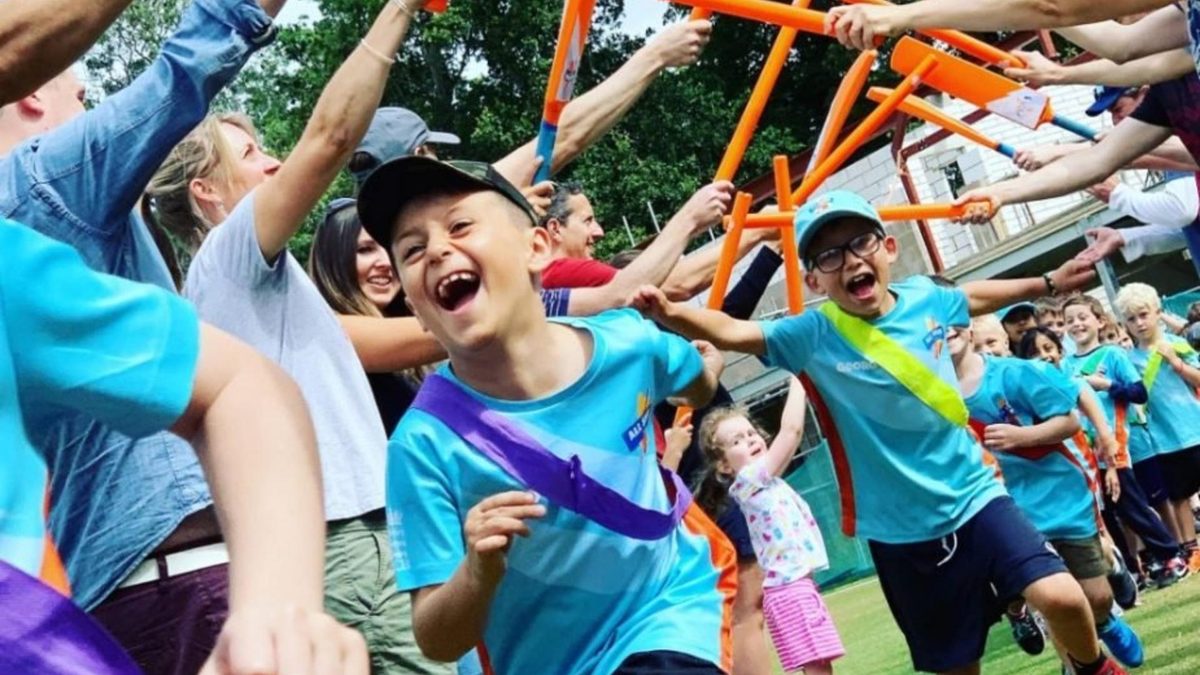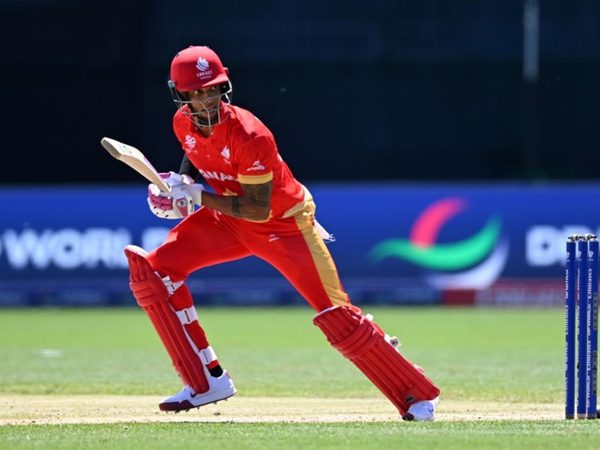
Rich Evans speaks to 2019 NatWest OSCA winner Richard Langdon of Falkland CC
Rich Evans spoke to 2019 NatWest OSCA winner Richard Langdon of Falkland CC, who has helped inspire 100 per cent growth among the Berkshire club’s junior, women’s and All Stars programmes, while also conducting weekly disability cricket sessions.
Profile:
Falkland Cricket Club
Established: 1884 (league cricket since 1973)
League: Thames Valley Cricket League
Location: Enborne Street, Wash Common, Newbury, Berkshire
Bio: An inclusive community club welcoming seniors and juniors, male or female, Falkland CC have a vibrant junior section with circa 150 junior members. The men’s senior section has four competitive sides with the first XI competing in Thames Valley League Division One, with the second and third teams in the third and fifth division respectively. The fourth XI – a development team – plays in the Berkshire Cricket League. They also field two men’s Sunday teams and two midweek teams, while they’ve run a women’s team since 2017. In addition, they also provide weekly cricket for adults with disabilities and weekly walking cricket for retired men and women. Richard Langdon won the award for the Most Inspiring and Diverse Cricket Offer in the 2019 NatWest Outstanding Services to Cricket Awards (OSCAs).
It appears you’ve had much success with your All Stars Cricket programme … I assume you’re a fan?
All Stars has been fantastic. We’ve done it for three years; the first year we ran the eight-week programme and people were disappointed when it ended, so we ran a second eight weeks. Sixteen weeks was probably too much, but that section has gone from strength to strength. Last year we had 70 participants; 65 the season before. We run it on a Saturday morning, which is crucial, as parents are looking for things to do with their kids.
You’ve doubled your junior section over the last five years, and I hear the girls have played a key part …
Over the last four years we’ve doubled our number of juniors. We’ve also seen growth in All Stars. Junior boys’ cricket has seen significant growth and girls’ cricket has been a fantastic story. We have 90 girls training every Friday night – an evening which has also proven popular with parents who like to socialise – and the structure of training has improved significantly over the years, becoming a model for other areas. We also have about 25 women playing, many of whom are mothers of girl players. It was initially a social thing but now it’s structured properly. We’ve entered three girls’ teams in the Berkshire Youth Cricket League, traditionally a boys’ league, at under 9s, 11s and 13s. It’s been an eye-opener for local managers. Some say, ‘I’m not sure we can put a girls’ team out’. We say, ‘Fine, we’re expecting to play the boys, so put out your usual team’. Sometimes people draw a breath but the girls have more than held their own.
What are your top tips for those clubs struggling to launch a junior or girls’ section?
It’s about energy, getting parents involved, making it a social occasion – that’s what All Stars brings. Make it as much about the social community as it is about cricket. If people want to be at the club for a whole host of reasons, it’s much easier to get people playing and volunteering. If you’ve got more dads helping out, it allows the coach to run much more fast-moving sessions because they can set-up four of five difference stations which they can revolve. You might have specific net drills, a fielding activity, bowling activity, a fielding drill, a mini game. It’s a big part of generating the energy. It was previously up to the junior team manager what day they ran their training, but it wasn’t much of a club feel as you had different junior teams training on different days, so when the under 9s went up to the under 11s, they didn’t know any of them. They now all train on Monday.
And the pub has played a part in boosting community relations?
We’re lucky at Falkland; it’s a beautiful ground on the edge of a big housing estate, so there’s many people within walking distance. I’ve been there 15 years, but before my time the club made the enlightened decision to let the clubhouse out to a landlord. The pub’s called The Bowler’s Arms. It’s great for parents of All Stars cricketers, because they put on coffee and bacon butties. The parents who come along to All Stars expect to help, to some degree, whereas among the parents of the older juniors to some degree there has been a culture of dropping your kid off and leaving, but this is changing . But the pub has helped to get adults involved. It’s an arm-twister; if the kids question whether they want to go one week, the parents encourage them because they want to go.
Keeping junior cricketers in the game is a big issue. How has Falkland CC fared in that area?
The numbers drop off towards the under 15s. We’ve got 35 kids in each of our under 9, 11 and 13 age groups. We have about 20 in the under 15s. Some kids just decide it’s not for them; that’s fine if the cricket offering is inclusive, fun, energetic and structured. If they decide to then take up piano instead, what can we do? The kids that keep playing tend to be those who have a greater aptitude for the game. If we had a 30 per cent drop-off of our under 15s, we’d still have fairly good numbers going into senior teams. Some of those might give up. I gave up at 16 – 30 years ago now. I was at a club that wasn’t great for juniors – very clicky – so I stopped. But I got to my forties and fancied it again. You haven’t necessarily lost them forever.
So, are you beginning to see the fruition of a strong junior section in your adult teams?
We’ve got plenty of boys coming through who should be contributing strongly to second- and first-team cricket over the next five years, for whom we offer coaching during the school holidays in addition to regular training. Falkland wants to field local homegrown players who feel a strong affinity for the club, as this both creates a strong team ethos and is financially sustainable. We’ll also have an increasing number of girls and women contributing to senior cricket numbers, some of whom are already representing senior Falkland teams. In future, we expect to see a lot more quality female cricketers coming through and deserving their place in first- and second-team cricket, and the new clubhouse ensures all the appropriate facilities are in place to facilitate this.
Does your cricket club have a success story? Could your club help others to flourish? Email editorial@wisden.com if you would like your club to be featured in our Club Spotlight series








